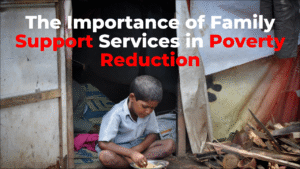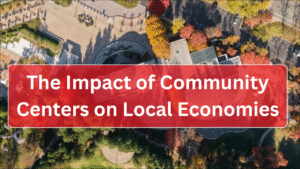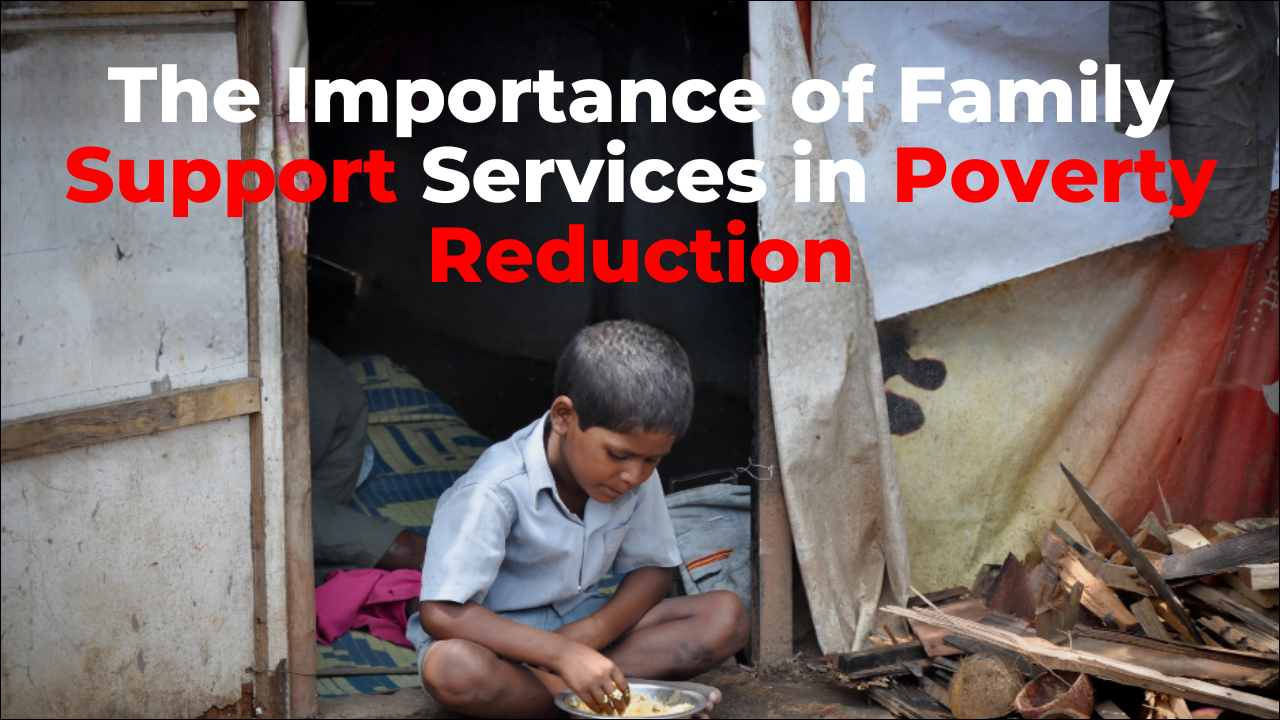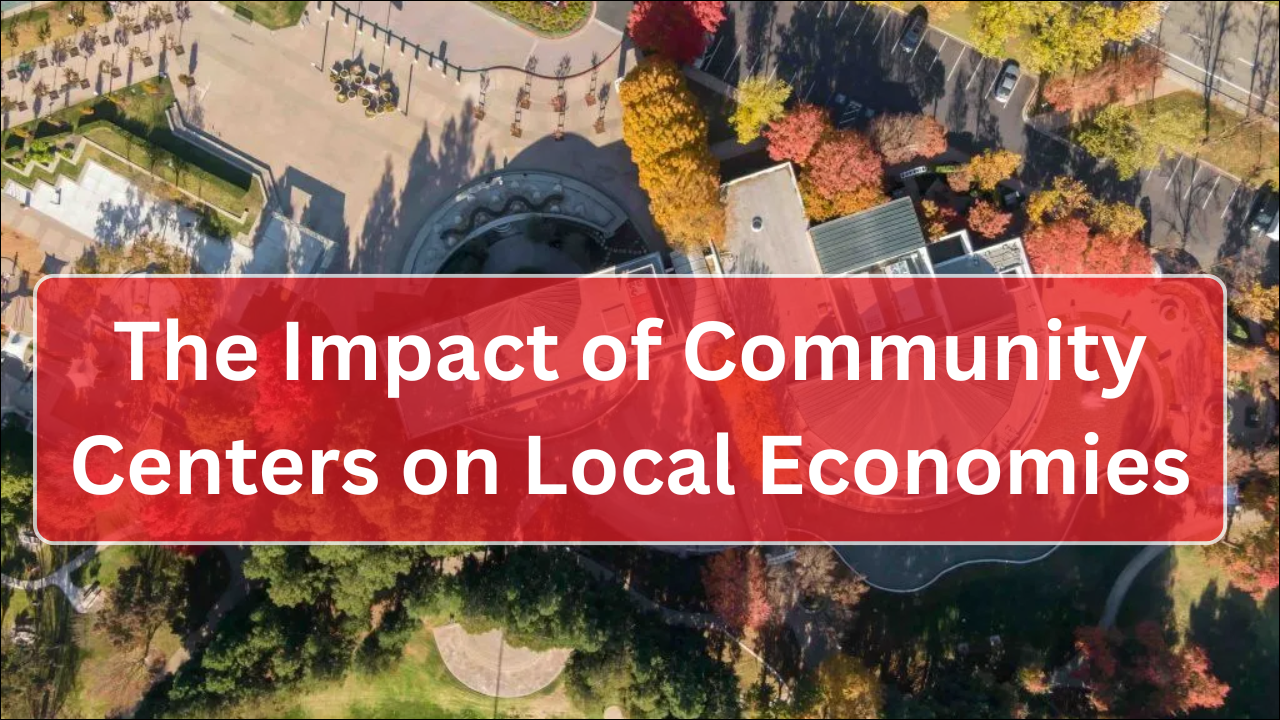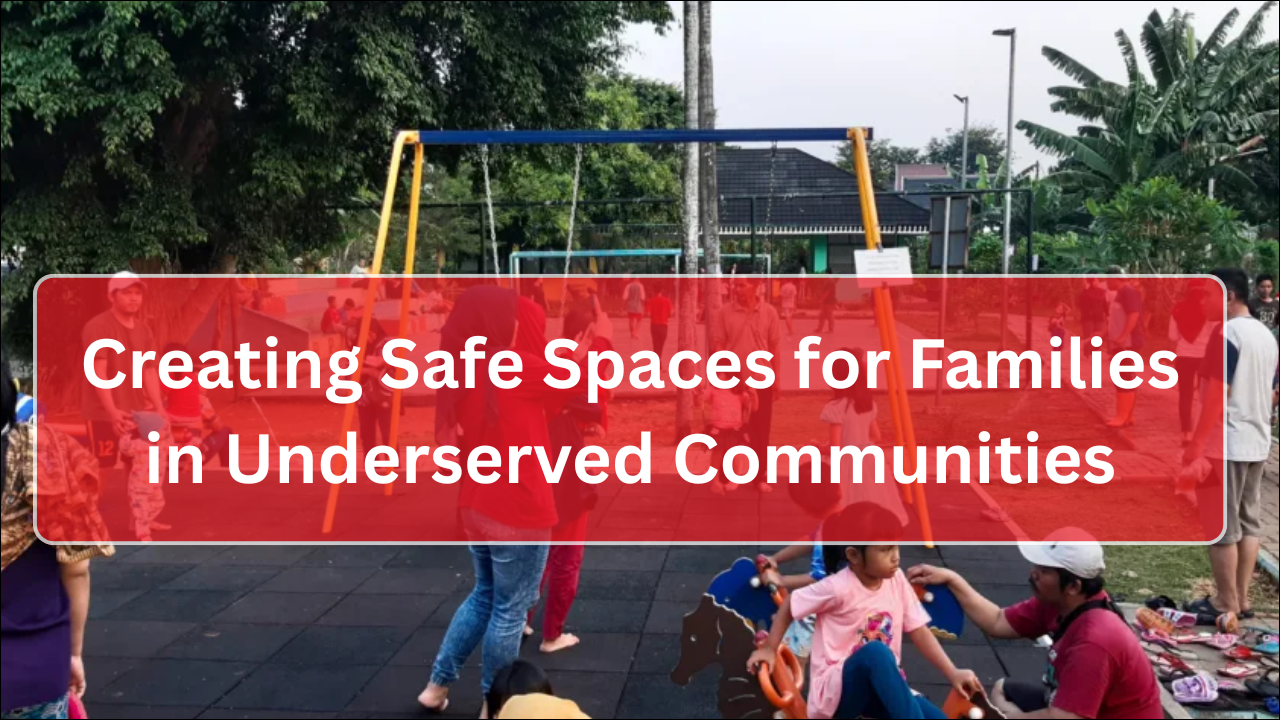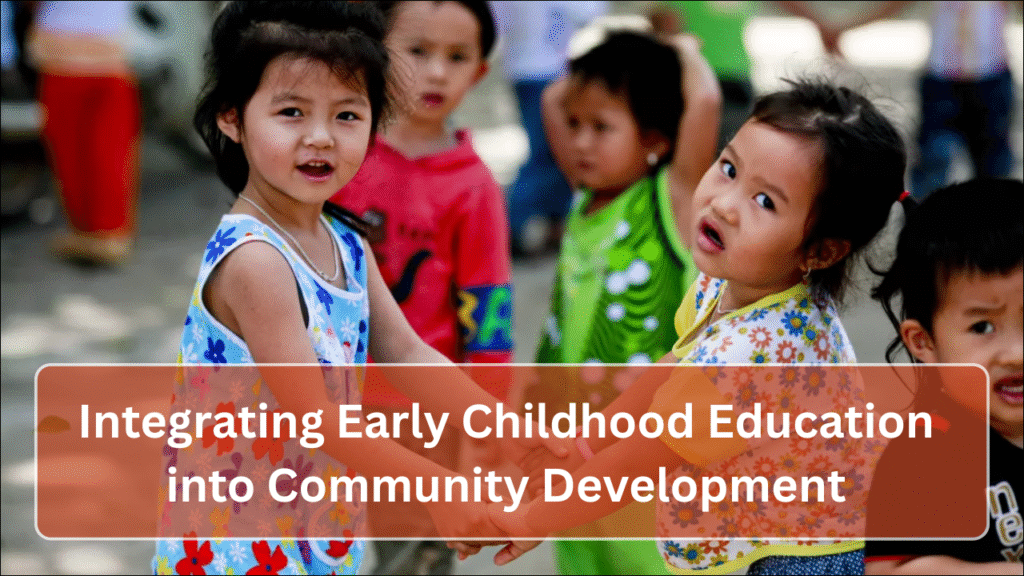
Early childhood education (ECE) forms the foundation for individual growth and community prosperity. Communities that invest in high-quality ECE programs create opportunities for children to develop essential cognitive, social, and emotional skills while fostering long-term economic and social benefits. Institutions like The Hope Center for Families and Mini University in Northwest Dayton illustrate how early learning initiatives can be integrated into broader community development strategies, promoting stronger families, healthier neighborhoods, and sustainable growth.
Table of Contents
1. Early Childhood Education as a Pillar of Community Development
Investing in young children benefits both families and the wider community. High-quality ECE contributes to education, economic stability, and social cohesion.
- Early learning prepares children for academic success in school and life.
- Parents engaged in ECE programs gain skills and knowledge to support their children.
- Communities benefit from reduced crime rates and improved social outcomes.
- Long-term investment in children fosters workforce readiness and economic growth.
2. Key Components of Integrated ECE Programs
Successful integration of early childhood education into community development involves multiple, interconnected components.
- Access and Inclusion: Programs are designed to reach all children, regardless of socioeconomic status.
- Curriculum Quality: Learning experiences promote literacy, numeracy, creativity, and social skills.
- Parental Involvement: Parents participate in workshops and activities that reinforce learning at home.
- Health and Nutrition: Programs collaborate with healthcare providers to ensure holistic development.
- Community Partnerships: Schools, nonprofits, and healthcare institutions work together to support children and families.
3. Educational Impact on Children
Early learning programs create measurable improvements in children’s academic and personal development.
- Cognitive skills such as problem-solving, memory, and attention are strengthened.
- Social-emotional skills such as empathy, cooperation, and self-regulation are developed.
- Literacy and numeracy foundations increase readiness for primary school.
- Confidence and curiosity foster a lifelong love of learning.
Educational Benefits of ECE Programs
| Domain | Key Skills Developed | Impact on Children |
|---|---|---|
| Cognitive | Problem-solving, memory, and attention | Strong school readiness |
| Social-Emotional | Empathy, cooperation, and self-regulation | Improved interpersonal skills |
| Language & Literacy | Vocabulary, reading, communication | Higher literacy achievement |
| Creativity | Art, music, imaginative play | Critical thinking and innovation |
| Physical | Motor skills, coordination | Healthy growth and activity |
4. Strengthening Families through ECE
Early childhood education also strengthens family units by empowering parents and caregivers.
- Parenting workshops teach strategies for child development and behavior management.
- Adult education opportunities, such as GED and job readiness programs, enhance family stability.
- Health and nutrition guidance improves children’s well-being and parental knowledge.
- Families form support networks through shared participation in educational programs.
5. Linking ECE to Economic Development
Communities benefit economically when children receive high-quality early education.
- Increased school readiness reduces future remediation costs.
- Parents can work or pursue education knowing their children are in safe learning environments.
- Long-term benefits include a skilled, productive workforce.
- Local businesses gain from higher employment rates and community stability.
6. Collaborative Models in ECE Integration
Effective integration requires collaboration between multiple community stakeholders.
- The Hope Center for Families: Provides centralized access to education, childcare, and family support.
- Mini University: Offers early childhood programs that align with community development goals.
- Local Hospitals: Support health and nutrition for children, ensuring physical readiness to learn.
- Nonprofits & Social Services: Provide additional resources for families in need, including housing and financial assistance.
- Municipal Agencies: Facilitate funding, policy support, and community engagement.
Key Stakeholders and Their Roles in ECE Integration
| Stakeholder | Role | Community Impact |
|---|---|---|
| The Hope Center | Central hub for services | Streamlined access to education, health, and family programs |
| Mini University | Early childhood education provider | High-quality learning and school readiness |
| Hospitals & Clinics | Health and nutrition support | Ensures children are healthy and ready to learn |
| Nonprofits & Social Services | Family support, housing, and financial aid | Reduces barriers to participation |
| Local Government | Funding and policy support | Strengthens program sustainability and access |
7. Holistic Approach to Child and Family Development
Integrating ECE into community development involves addressing the full spectrum of needs for children and their families.
- Academic instruction is paired with social-emotional learning.
- Health, nutrition, and safety considerations are embedded in program design.
- Parental engagement ensures reinforcement of learning at home.
- Community activities promote cultural awareness and social cohesion.
8. Measuring Impact and Outcomes
Evaluation ensures that ECE programs meet community development goals.
- Metrics include school readiness scores, literacy and numeracy progress, and social-emotional growth.
- Parental engagement and satisfaction are tracked through surveys and feedback.
- Health indicators such as vaccination rates, nutrition status, and attendance are monitored.
- Community-level outcomes, such as reduced crime rates and improved economic indicators, are assessed over time.
9. Challenges and Solutions in ECE Integration
While integrating ECE into community development is beneficial, challenges must be addressed.
- Funding Limitations: Partnerships and grants help sustain programs.
- Access Inequality: Outreach programs and flexible scheduling improve inclusion.
- Parental Engagement: Offering workshops at convenient times increases participation.
- Staff Training: Continuous professional development ensures program quality.
- Infrastructure Constraints: Shared facilities at centers like The Hope Center maximize resources.
10. Future Directions for ECE and Community Development
The long-term vision involves expanding access to high-quality early childhood programs and deepening their integration into broader community strategies.
- Implement technology-enhanced learning for children and parents.
- Expand mental health and wellness services for families.
- Strengthen partnerships with local employers for family economic support.
- Advocate for policies that prioritize ECE in community planning and funding.
Future Strategies for ECE Integration
| Strategy | Description | Expected Community Outcome |
|---|---|---|
| Digital Learning Platforms | Online resources for children and parents | Increased learning opportunities and engagement |
| Mental Health Integration | Counseling for children and families | Improved emotional resilience |
| Workforce-Education Link | Parental training aligned with local jobs | Economic stability and family empowerment |
| Policy Advocacy | Support for ECE funding and access | Sustainable program expansion |
| Community Engagement | Family events and workshops | Stronger social cohesion and participation |
Wrapping Up
Integrating early childhood education into community development strengthens families, improves social outcomes, and fosters long-term economic growth. Programs like those offered by The Hope Center and Mini University exemplify how early learning can serve as a foundation for thriving communities. By supporting both children and their parents through education, health services, and family engagement, communities in Northwest Dayton can break cycles of poverty, build resilience, and create a future where every child and family has the opportunity to succeed. This holistic approach ensures that investment in young children generates lasting benefits for generations to come.

